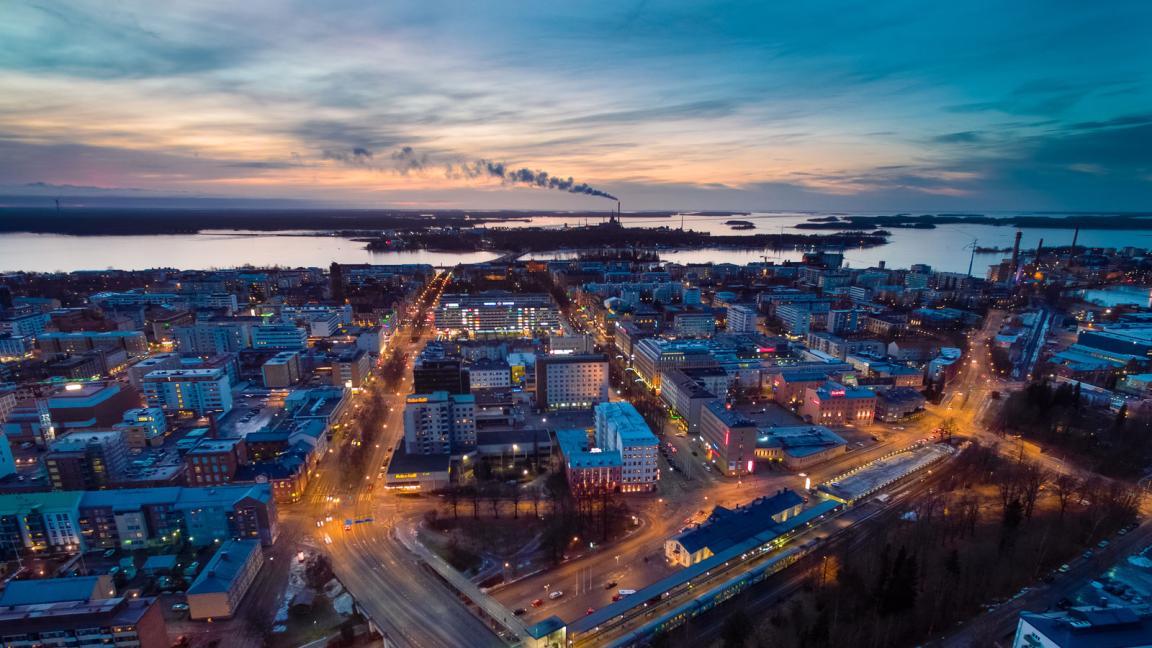Vaasa aims to become a model city for carbon-neutral energy – University of Vaasa involved in developing solutions
The Nordic Energy Capital project, led by the City of Vaasa, entered its implementation phase on October 1. At the beginning of this phase, simulation work was launched to model the energy system of Vaskiluoto and to develop solutions for more efficient and low-emission energy use. Through these simulations, it is possible to test and design new ways of utilising electricity and heat in combination, as well as to improve energy efficiency in cities.
The four-year project (2025–2029) is part of the European Commission’s European Urban Initiative (EUI) program. The total budget amounts to 5,39 million euros, of which the EU’s funding share is 4,31 million euros.
– We are now moving from planning to action. It’s great to be able to demonstrate how the solutions developed in Vaasa can contribute to the green transition across Europe, says Suvi Aho, Strategy Manager at the City of Vaasa.
Knowledge-based solutions and engaging energy development
The project supports the City of Vaasa’s Climate Neutral Vaasa 202X goal by developing new types of engaging, knowledge-based solutions for energy use and heat utilisation. At the same time, it aims to increase residents’ understanding of energy.
To achieve this goal, a digital twin is being built in Vaskiluoto. It is an exact virtual model that makes it possible to test and optimise the interaction between electricity and heat systems. In parallel, an energy efficiency model based on satellite data and measurements is being developed.
– We are also developing tools that promote citizen participation, such as an interactive energy portal, and deepening Vaasa’s unique energy education pathway, says Aho.
– Sustainable energy and the energy transition are at the core of the University of Vaasa’s strategy, and the NEC project is an excellent example of this. Through our key research areas, we support the city’s sustainable energy transition and in close collaboration with stakeholders. Our multidisciplinary project team focuses on energy system modelling, the development of a digital twin, the use of space-based data to improve energy efficiency, as well as project monitoring and impact assessment. We also actively engage in stakeholder collaboration and ensure that the knowledge and expertise generated in the project are transferred for broader use, says Associate Professor Helka Kalliomäki from the University of Vaasa.
European cities follow Vaasa’s solutions
The solutions developed in the Nordic Energy Capital project are also being tested and applied in other European cities as part of the EU’s learning network. Participating cities include Umeå (Sweden), Alcalá de Guadaíra (Spain), and Fyli (Greece), representing different types of urban areas: a climate-neutral city in the north, an industrial hub in the south, and a suburb on the Mediterranean.
The collaboration is based on the cities’ own interest in developing local energy solutions and participating in a shared learning process. During the project, plans are made for how the solutions developed in Vaasa can be adapted to each city’s needs.
– Vaasa is doing this not just for itself, but for all of Europe. Our goal is to share practical solutions that can also help other cities on their path to climate neutrality, says Aho.
